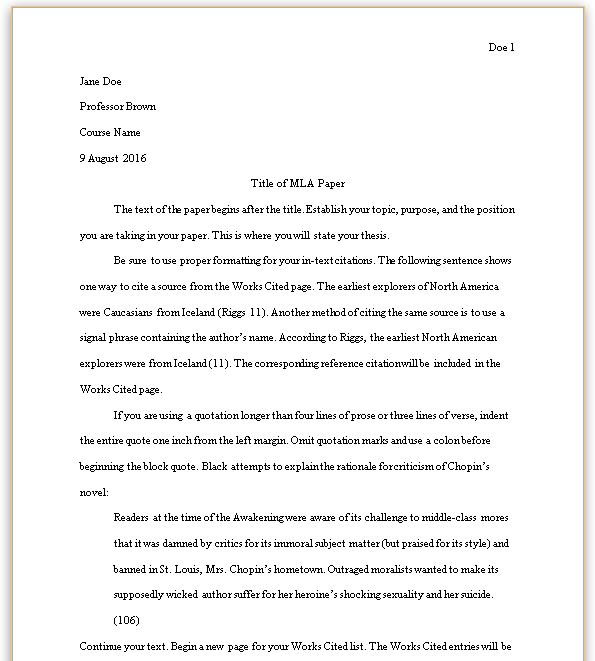The International System of Units (SI) defines standard terms and units to measure and quantify radiation exposure, activity, and dose. Here are the key terms and their meanings:
Sievert – The sievert (Sv) is the name of the SI unit of dose equivalent. (It’s comparable to the rem.) 1 Sv = 100 rem. Measures the equivalent dose, accounting for the biological effect of radiation on human tissue. Commonly used in occupational radiation exposure, public safety, and medical diagnostics.
Gray – A unit of radiation dose equal to 1 joule of energy deposited in 1 kg of tissue. One gray (Gy) is the SI unit and is equal to 100 Rad. Measures the absorbed dose of radiation, quantifying energy absorbed per unit mass (1 Gy = 1 joule/kg). Often used in medical applications to assess tissue exposure during radiation therapy.
Becquerel – The SI unit of radioactivity. One Becquerel equals one radioactive disintegration per second. (It’s comparable to the curie.) Measures radioactivity, indicating one nuclear disintegration per second. Represents the activity of a radioactive substance.
Curie – A basic unit to describe the intensity (strength) of radioactivity in a material. A curie is a measure of the rate at which a radioactive material throws off particles or disintegrates. One curie is equal to 37 billion disintegrations per second or 37 giga-baquerels (Gbq)
Roentgen – A unit of radiation dose. It is the unit used to represent the measure of exposure or ionization in the air. A roentgen (R) is equal to 1000 milliroentgens (mR).
Milliroentgen – A unit of radiation dose. 1000 milliroentegens equal 1 roentgen.
Rem – Roentgen Equivalent in Man. A unit of radiation dose. It is the unit used to represent the measure of the biological effect of radiation (dose). A rem is equal to 1000 millirems.
Coulomb per Kilogram (C/kg) – Measures ionization in air due to X-rays or gamma rays, quantifying electrical charge per kilogram of air. Used in older systems to measure exposure but still important in calibration and standardization.
Rad – A unit of radiation dose. The rad is used to express how much energy per unit mass is deposited by radiation (absorbed dose). For gamma rays and x-rays, one rad is equal to one roentgen or one rem.
1 rem = 1 Rad = 1 R
1 Curie (Ci) = 37 GBq (Gigabequrel)
1 milli-curie (mCi) = 37 mega-becquerels (MBq)
100 rem = 1 sievert (Sv) 1 sievert = 1,000 mSv 1 rem = .01 Sv
1 Milli-rem (mR) = 10 micro-sieverts
1 Rad = 10 mSv (milli-sieverts)
1000 rad = 10 grays (Gy)
Common prefixes for SI Units:
E exa 10¹8
P peta 10¹5
T tera 10¹²
G Giga 109
M mega 106
k kilo 10³
c centi 10ˉ²
m milli 10ˉ³
μ micro 10ˉ6
n nano 10ˉ9
p pico 10ˉ¹²
Convert website: http://www.convert-me.com/en/convert/radiation/
| curie = 3.7 x 1010 disintegrations per second | 1 becquerel = 1 disintegration per second |
| 1 millicurie (mCi) | = | 37 megabecquerels (MBq) |
| 1 rad | = | 0.01 gray (Gy) |
| 1 rem | = | 0.01 sievert (Sv) |
| 1 roentgen (R) | = | 0.000258 coulomb/kilogram (C/kg) |
| 1 megabecquerel (MBq) | = | 0.027 millicuries (mCi) |
| 1 gray (Gy) | = | 100 rad |
| 1 sievert (Sv) | = | 100 rem |
| 1 coulomb/kilogram (C/kg) | = | 3,880 roentgens |
| To convert from | To | Multiply by |
| Curies (Ci) | becquerels (Bq) | 3.7 x 1010 |
| millicuries (mCi) | megabecquerels (MBq) | 37 |
| microcuries (µCi) | megabecquerels (MBq) | 0.037 |
| millirads (mrad) | milligrays (mGy) | 0.01 |
| millirem (mrem) | microsieverts (µSv) | 10 |
| milliroentgens (mR) | microcoulombs/kilogram (µC/kg) | 0.258 |
| becquerels (Bq) | curies (Ci) | 2.7 x 10-11 |
| megabecquerels (MBq) | millicuries (mCi) | 0.027 |
| megabecquerels (MBq) | microcuries (µCi) | 27 |
| milligrays (mGy) | millirads (mrad) | 100 |
| microsieverts (µSv) | millrems (mrem) | 0.1 |
| microcoulombs/kilogram (µC/kg) | milliroentgens (mR) | 3.88 |
These SI units provide a universal standard for radiation measurement, facilitating precise communication and safety in scientific, medical, and industrial contexts.

The International System of Units (SI)


